Contents
Here is a provocative/clickbait headline, and it is on purpose. Today I want to rant about APRS sysops abusing objetcs. Usually I try to keep the content here technical, but now is the time for rant and maybe some education.
So why am I upset today? I am upset about people putting their voice repeaters onto APRS as objects. While the intent to provide travelers with local information is good, the realization is most of the time flawed.
Flawed path
An voice repeater object should never ever be sent using a path. Why is that? Such an object is intented to inform travelers moving in your area about your repeater. The object should never propagate to areas where it is not possible to reach the repeater.
I have seen stations sending their repeater object with 2 or even 3 hops! This is pure non-sense! The object will travel 150 or even 300km from the actual location of the repeater.
Is your repeater reachable 300km away? Most certainly not. As matter of fact, it is useless information and only a hindrance to the network.
Send your repeater object with no hops at all. We know you are proud of your repeater, but keep your ego low.
Useless object names
More and more people tend to use the repeater callsign as the object’s name. This is also useless information, let’s see why.
Consider following scenario:
A traveler arriving in your area is using a radio like a Yaesu FT-2, VX8, FTM-400, Kenwod THD74/THD72 etc…. He wants to check-out if there are some voice repeaters around. He pulls out the radio out of his pocket and scrolls through the list of stations.
Luckily enough, the hams in that area did everything right and there is an object, which is recognizable by the fact it is named after the repeater’s frequency, in this case 432.837. The traveler now only has to click on the object details to get all the information he needs to access the repeater.
In our example: 432.8375MHz, no tone and -1.6MHz shift.
So what would have happen if instead of 432.837 the object was named after the repeaters callsign? Well the traveler would have probably scrolled over useful information or will be forced to manually inspect the details of every stations in his list.
The repeaters callsign is not a relevant information to access the repeater. The frequency, the shift and tone are relevant.
- Name your object after the repeaters frequency, making sure the name is unique worldwide. Add random letters to the name to make it unique.
- Put the information like shift and tone in the comment in the proper format, see next paragraph on how this is important.
Flawed format
The format on how an voice repeaters objects is not something you write as you wish. The format itself is standardized and should observe some stgrict convention. Abiding to these convention will let users of capable radios (most Kenwood and Yaesu mobiles) to tune to the repeater with the press of one button.
The format shall contain the frequency, even if it is already in the object name some radios are unable to extract the frequency from it and require it in the comment field.
The format is described in more deep details here.
Below is a picture of a TMD-710, a press on the QSY button will set the radio to the correct frequency and shift. It is really convenient for the users. Failure to comply with the format makes your object useless.
Other badly presented information
There are plenty of other flawed ways voice object are represented. Sometimes as position reports. This is completly sick. Position reports shall be reserved to actual APRS capable stations.
Another common mistake is to include repeater information in the comment field of a digipeater. How is a user supposed to know that there is useful information hidden in there?
Conclusion
Voice repeaters objects are a real added value to the network, provided they present useful and clear information and abide to the format and information is kept local. Everything else is considered as QRM and a hindrance to the network.
APRS is a shared resource and a local tactical awareness network. It shall present information which is useful to the community and not a palce to show of your stuff. Before putting something on APRS, think twice. Is it useful for everyone? Is the information presented in a way which is helpful and useful?
As a side note, all of our club digipeaters are configured to not digipeat objects.
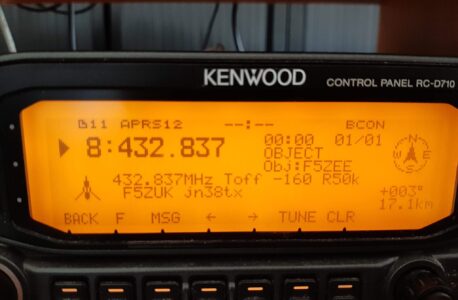
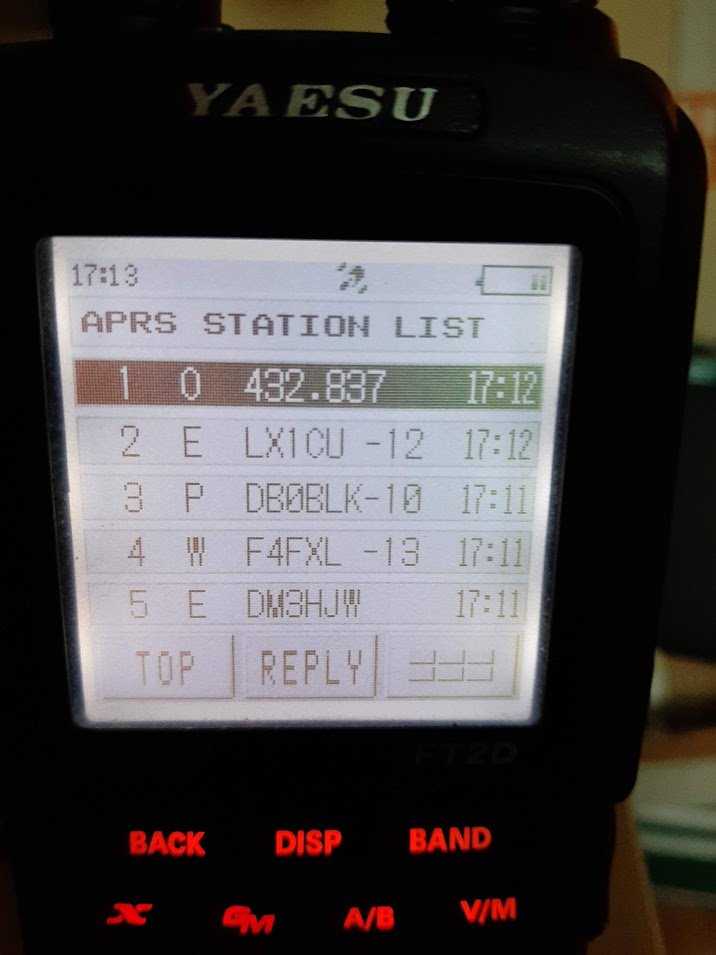
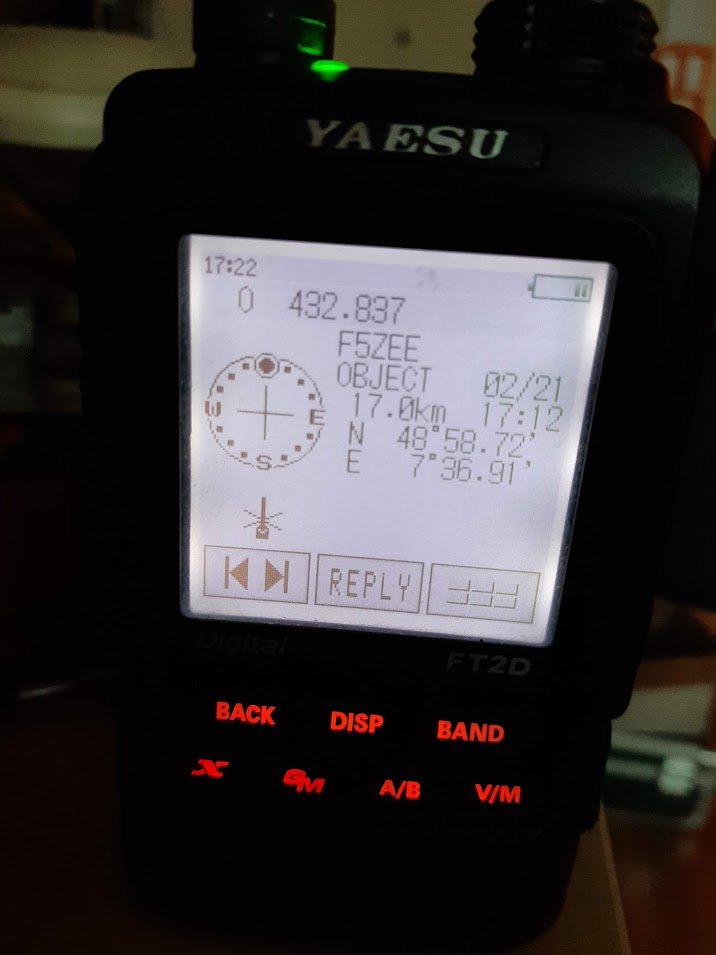
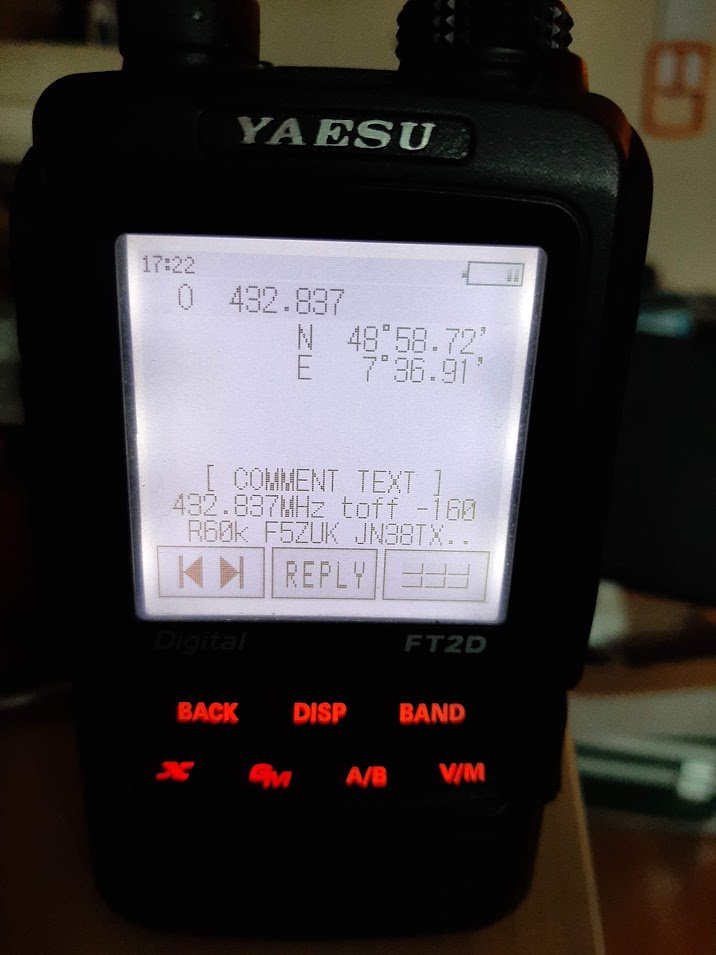
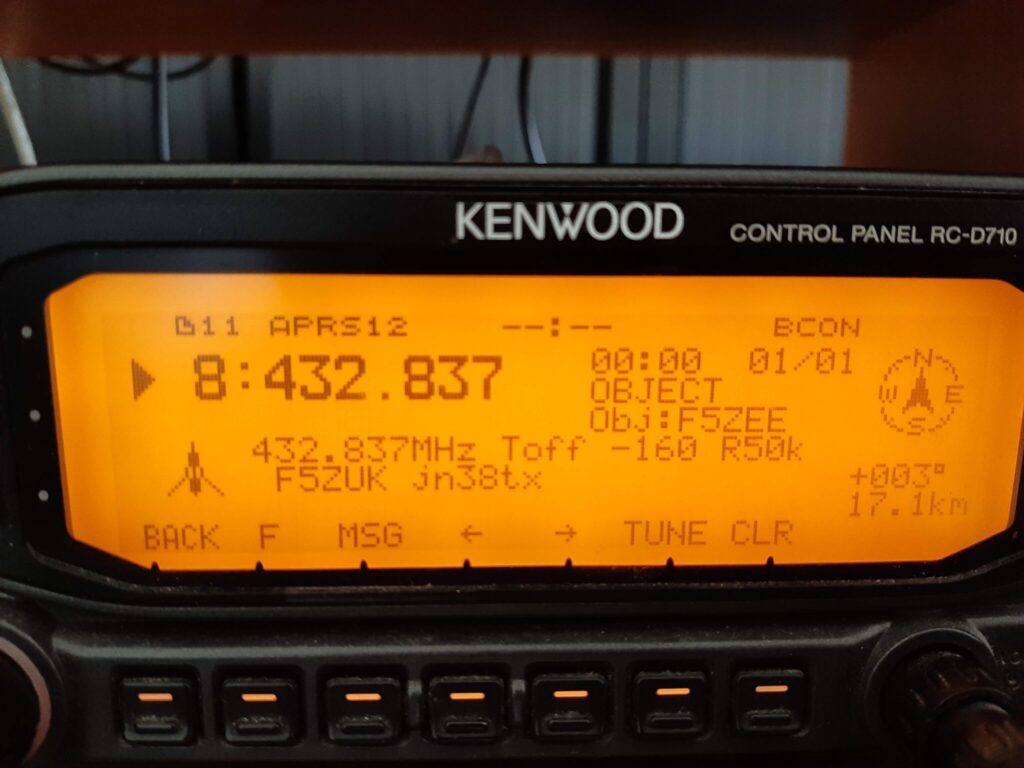
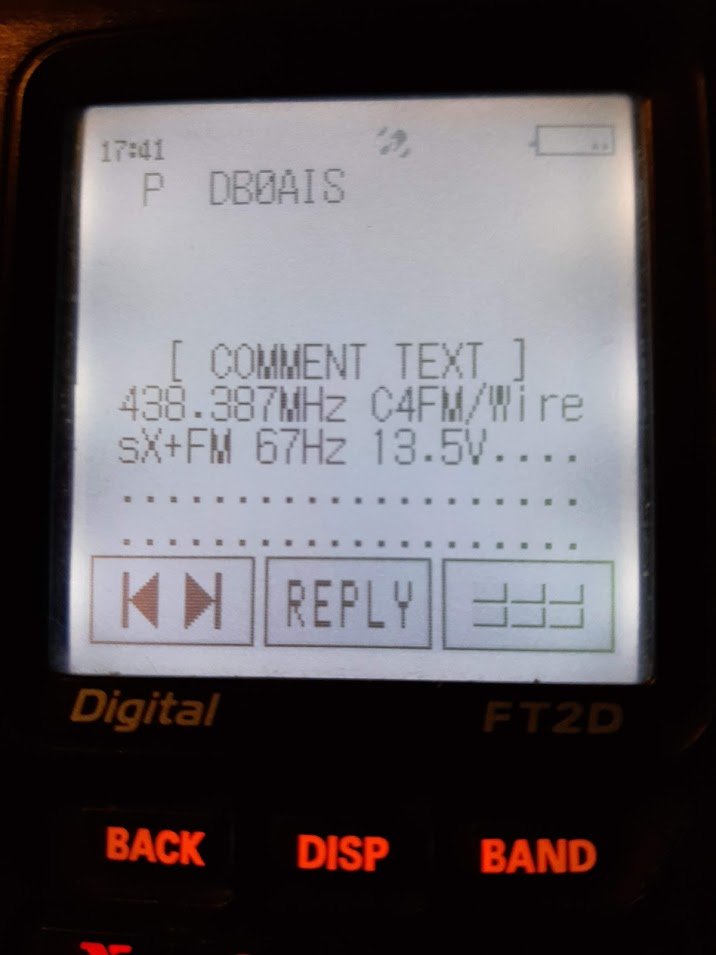
I’m OK with one hop, if I’m in transit that tells me what to look for upcoming. But more should not exist.
Where i live one hop means, depending of what digipeater you hit, about 150km which is too much. At least when having a 1 hop you should apply decay algorithm.
Funny! Thanks and Merci
Thanks 🙂